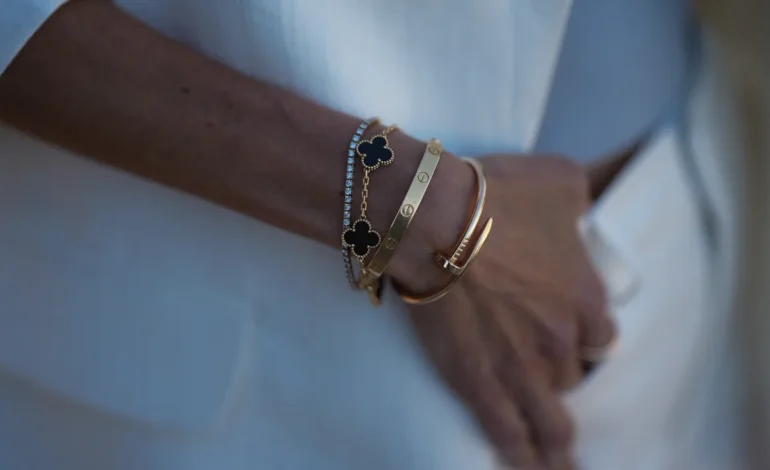US consumer spending on luxury jewelry is bucking a broader slowdown in the high-end retail sector, according to a new Citigroup report analyzing credit card data, CNBC reports.
While overall luxury purchases have declined in early 2025, fine jewelry has emerged as a notable outlier, benefiting from both emotional appeal and perceived investment value.
In the first five months of the year, luxury spending fell compared with the same period in 2024, disappointing expectations of a post-holiday and post-election rebound. Yet, in May, the contraction eased to just 1.7% year over year—an improvement from the 6.8% drop in April and 8.5% in March. Within this softened landscape, jewelry sales climbed 10.1% compared to the same month last year, according to Citi’s analysis of US cardholder transactions.
Thomas Chauvet, a luxury goods analyst at Citi, attributed the resilience of jewelry to several factors. He cited rising gold prices—up more than 25% since the start of 2025—as one justification for viewing jewelry as a practical store of value. Additionally, jewelry’s symbolic and emotional significance may be resonating more with consumers in a challenging economic environment.
“When you have $3,000 to spend on luxury, are you going to buy a piece of jewelry or a handbag?” Chauvet said. “The jewelry may offer more intrinsic and emotional value.”
Indeed, jewelry was the only luxury category to see an increase not just in spending per customer but also in the number of individual shoppers. However, even within this sector, a subset of high-end brands lost 2.7% of customers—though the remaining clientele spent 11.7% more on average.
By contrast, leather goods and ready-to-wear categories continue to face pressure. Handbag brands, in particular, have raised prices significantly—sometimes by 30% to 40% since the pandemic—without offering much in the way of innovation, Chauvet noted.
“Most handbag styles are difficult to tell apart,” he said. “There’s been limited newness, although some fall and winter 2025 collections show potential.”
Luxury watches showed a mixed performance. While overall spending on watches rose 14.7% in May compared to a year earlier, spending on top-tier brands actually fell 10% year over year. Chauvet attributed this disparity partly to stockpiling by retailers ahead of potential US tariffs on Swiss imports, rather than a surge in consumer demand.
Despite May’s relative stabilization in spending, Chauvet cautioned against viewing it as a definitive rebound for affluent consumers. The US dollar has weakened by about 10% year to date—a shift that could temper spending abroad, a key component of luxury consumption.
Additionally, looming geopolitical and trade concerns could further dampen sentiment. These include the pending expiration of a 90-day pause on the Trump administration’s proposed reciprocal tariffs, as well as instability in global oil markets stemming from the ongoing Iran-Israel conflict.










The latest news in your social feeds
Subscribe to our social media platforms to stay tuned